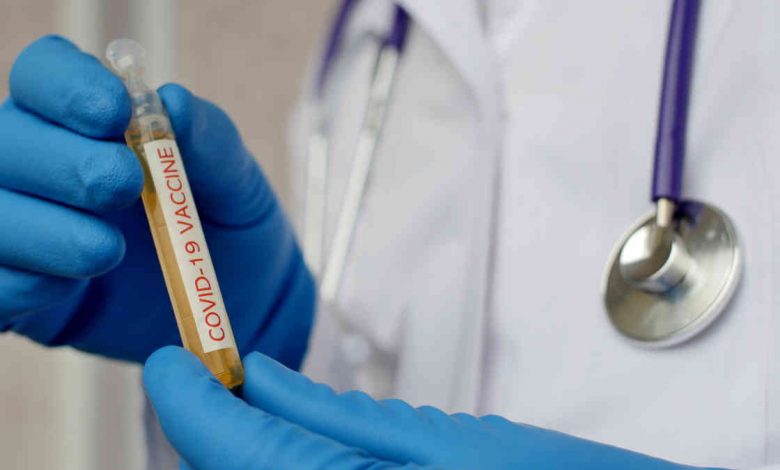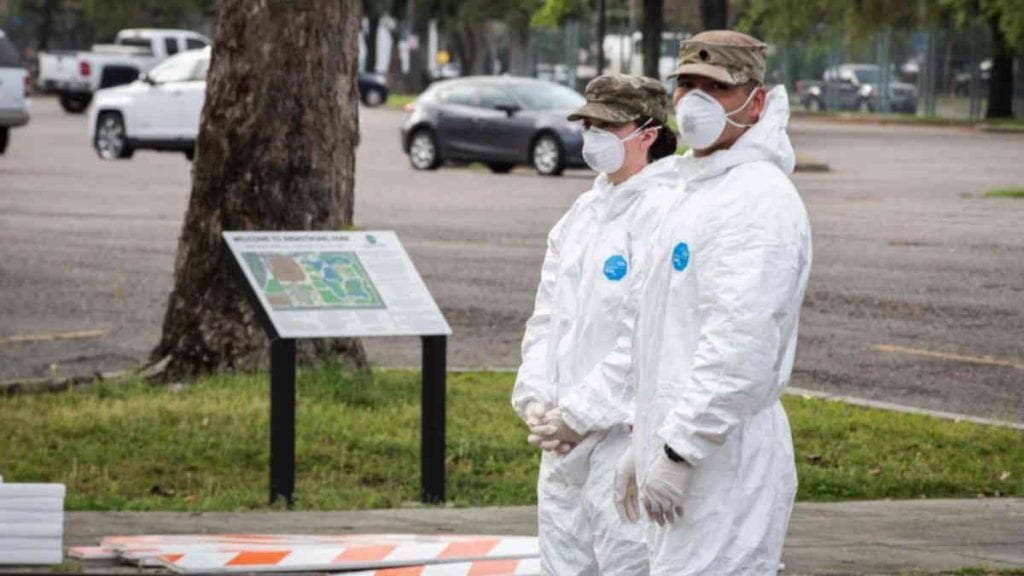
As America begins to reopen its parks, beaches, and restaurants, while COVID-19 cases continue to grow in some places, The Lens was presented with this cautionary tale, recounted by the chair of genetics and director of precision medicine at LSU Health Sciences Center New Orleans.
“Everyone has been curious about where their cases first began, and Germany has gone to extraordinary lengths to track back its initial cases, “ said geneticist and professor Lucio Miele, MD, Ph.D. “Let’s remember, Germany began to see cases back in January, and in the ensuing months they have tried diligently to find Patient Zero — the very first case. They were able to contact trace back to Patient Four, and proceeded to determine how Patient Four infected Patient Five. They elaborately tracked down all of the people each one knew, whom they’d been with, in what rooms, with all of the specifics. The only link between number four and number five was a salt shaker. These two men were working at the same company in Bavaria, were in the same cafeteria, but not at the same table, when one of them said ‘Pass the salt, please.’ ”
The rest is a story of exponential infections, eventually taking Germany to its current count of more than 169,000 cases, with the largest outbreak in Bavaria.
It’s just one of many examples of just how contagious the novel coronavirus can be. That’s the reason there’s a race across the world for a vaccine.
Read full article here: https://thelensnola.org/2020/05/08/scientists-race-for-vaccine-but-still-struggle-to-understand-how-new-virus-works/





